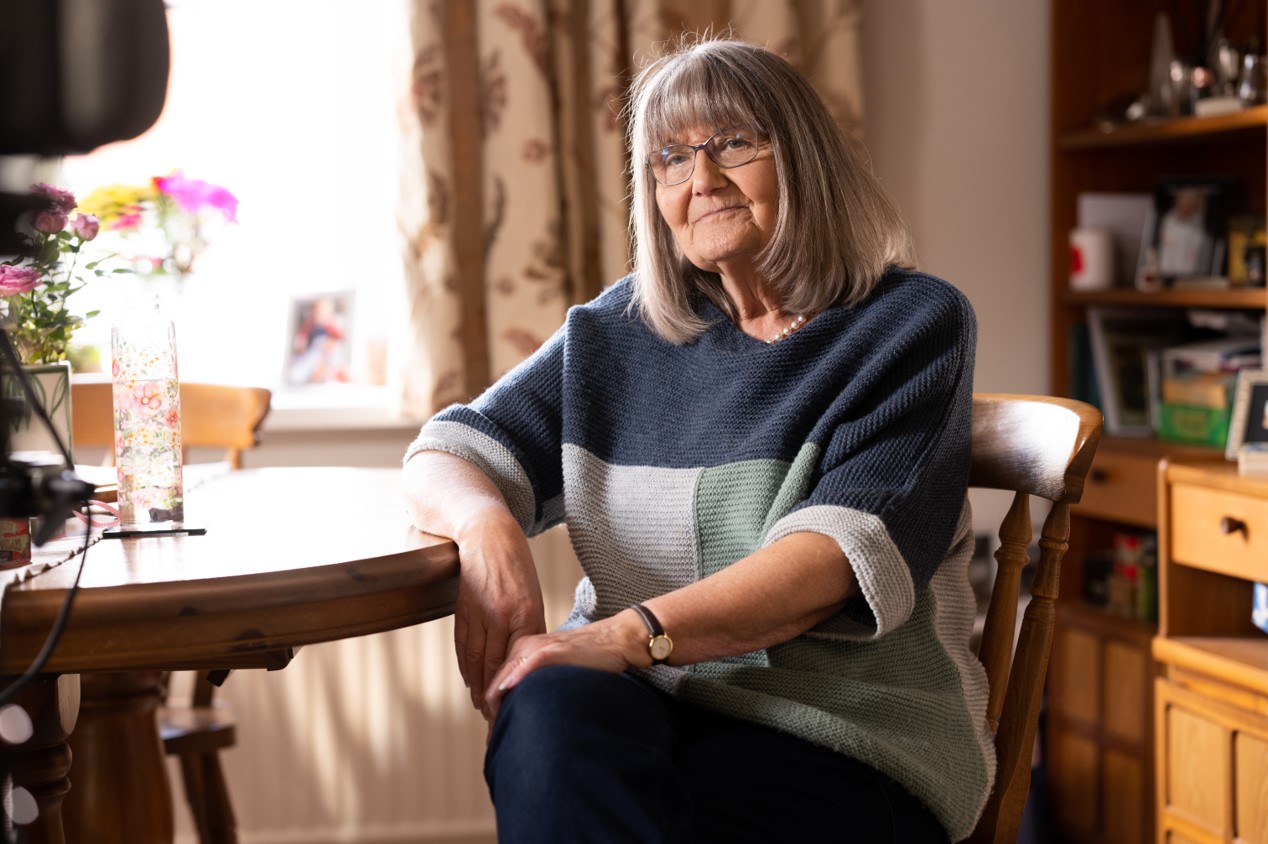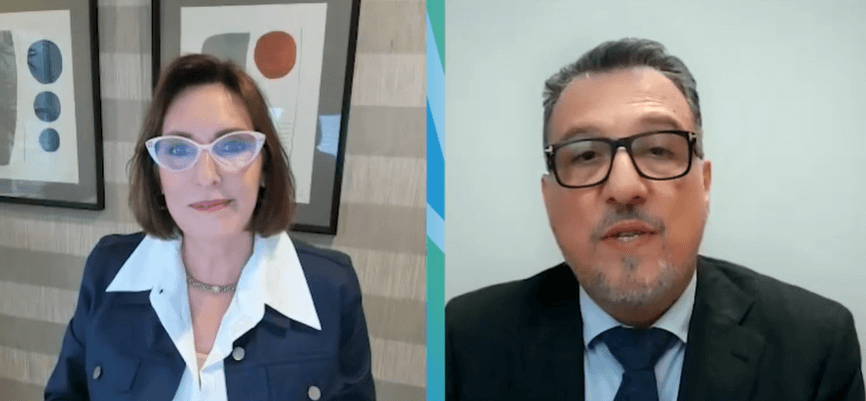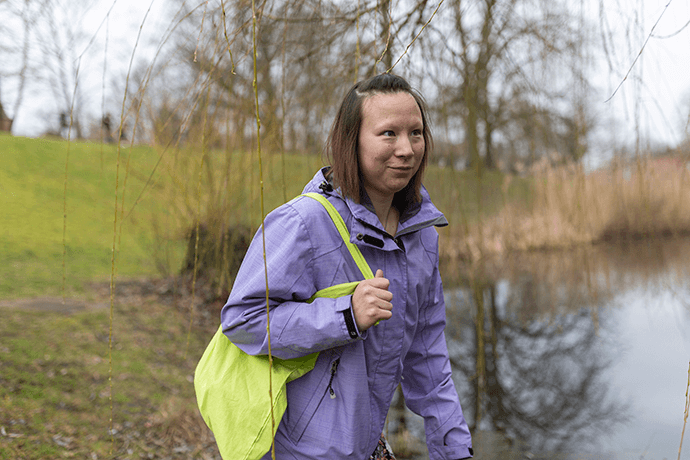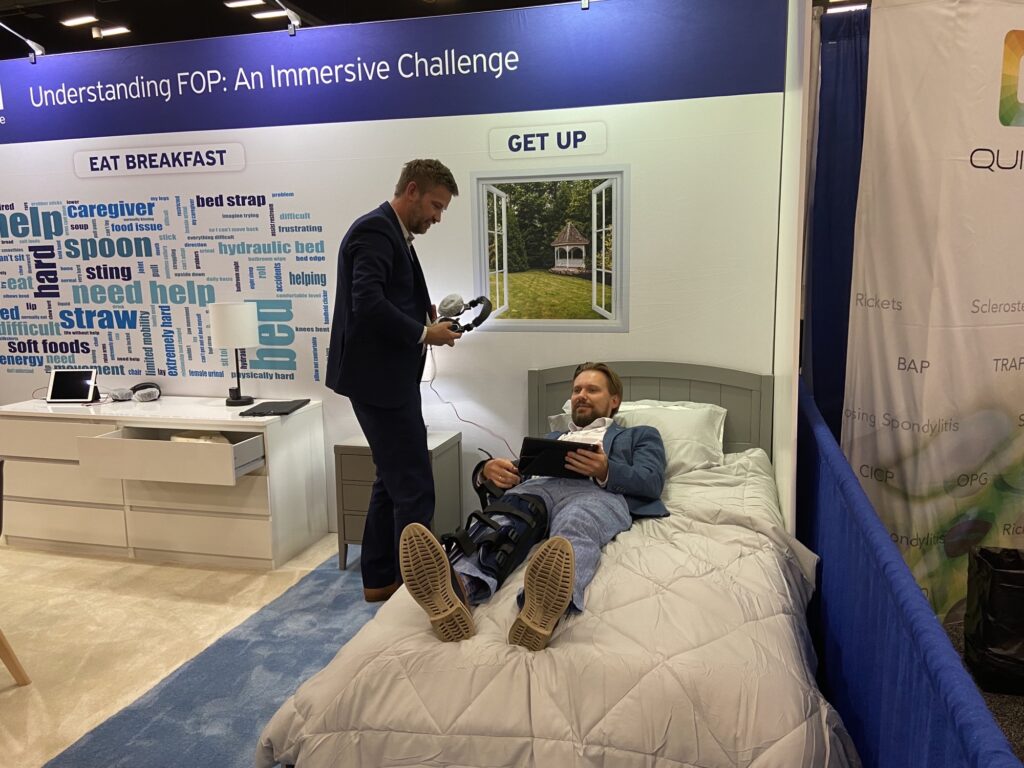Rare cholestatic liver diseases encompasses a group of rare conditions that affect the bile ducts, causing progressive liver disease and symptoms, such as intense itching and fatigue. The symptoms can be severely debilitating but are often invisible and misunderstood. Most rare cholestatic liver diseases have limited approved treatments. Because of their rarity, there are countless challenges for patients to navigate every day. The journey to diagnosis can be long and tortuous. Patients often feel isolated and unheard. Sometimes they feel stigmatized and misunderstood. The need for innovation is huge.
We bring transformational medicines to people living with Rare Liver Diseases. With 2 medicines already approved in 3 rare cholestatic indications, we fulfil this ambition while focusing on the continuous growth and expansion of our industry leading rare liver pipeline. We start our medicine development by listening to the people who are experts in living with their condition, the families who support them, and the healthcare professionals with experience in treating rare cholestatic liver disease. Only by listening can we ensure the true challenges of the disease are understood and represented in our clinical trial designs, disease awareness initiatives and patient support programs.
A need for innovation
There are at least 20 different rare liver diseases and each one is unique.
Rare liver burden
Rare liver diseases are more common than you might think, impacting an estimated 1 in 50,000 – 100,000 people.
Limited or no knowledge
Most healthcare professionals have limited knowledge due to the rarity of these conditions. This can lead to delayed diagnosis, with patients undergoing burdensome tests and appointments, as well as referrals to unnecessary specialists in an effort to treat symptoms.

Primary biliary cholangitis (PBC)
- PBC is a rare, progressive autoimmune, cholestatic liver disease where a build-up of bile and toxins (cholestasis) and chronic inflammation causes irreversible fibrosis (scarring) of the liver and destruction of the bile ducts.
- PBC primarily affects women between 40 and 60.
- PBC is a lifelong condition that can worsen over time if not effectively treated, leading to liver transplant and in some cases, premature death.
- PBC affects day-to-day life, with people often experiencing severe fatigue symptoms and debilitating itch (pruritus).

Progressive familial intrahepatic cholestasis (PFIC)
- PFIC refers to a set of rare genetic conditions where the liver struggles to drain bile acid, causing a bile build-up in the liver known as intrahepatic cholestasis.
- Although PFIC can present in adulthood it generally manifests and is most aggressive in infants and young children.
- PFIC can progress rapidly causing cirrhosis (long–term scarring).
- The most debilitating symptom of PFIC is pruritus (intense itching), which can be so severe it leads to skin mutation, loss of sleep, irritability, poor attention and impaired school-performance.
- Up to 80% of patients suffer from pruritus.

Alagille syndrome (ALGS)
- ALGS is a rare, genetic liver disease that primarily affects babies and infants, where toxic bile-acid builds up due to patients having fewer than normal, narrowed or malformed bile ducts.
- ALGS can affect organs throughout the body including liver, heart, kidneys and causes skin, skeleton and eye abnormalities.
- One of its primary symptoms is intractable pruritus or itching, which can be so severe it leads to liver transplant.

Biliary atresia (BA)
- BA is a condition affecting children when the bile ducts outside and inside the liver are scarred and blocked.
- Because bile cannot flow into the intestine, it builds up in the liver and causes damage. The damage leads to scarring, loss of liver tissue and function, and cirrhosis.

Primary sclerosing cholangitis (PSC)
- PSC is a rare immune-mediated liver disease in which inflammation and fibrosis (scarring) lead to the progressive hardening and narrowing of the bile ducts inside and outside of the liver.
- Symptoms may include pain in the abdomen, itchy skin, diarrhoea, jaundice, fatigue and feeling weak.
- Many patients have no symptoms when they are first diagnosed with PSC.
- For many people, a liver transplant is the only available treatment when the disease has progressed to liver failure.






